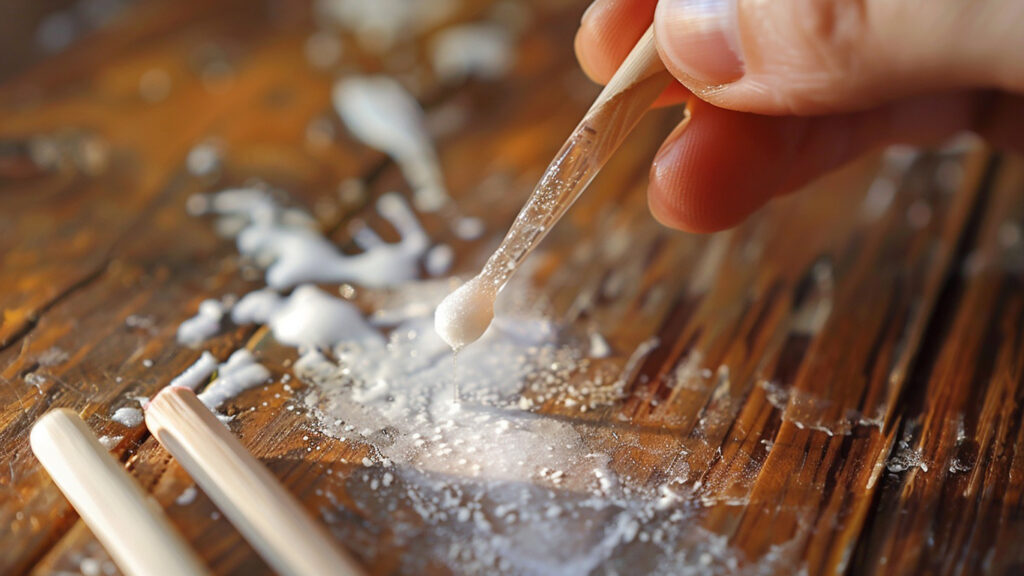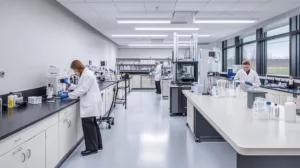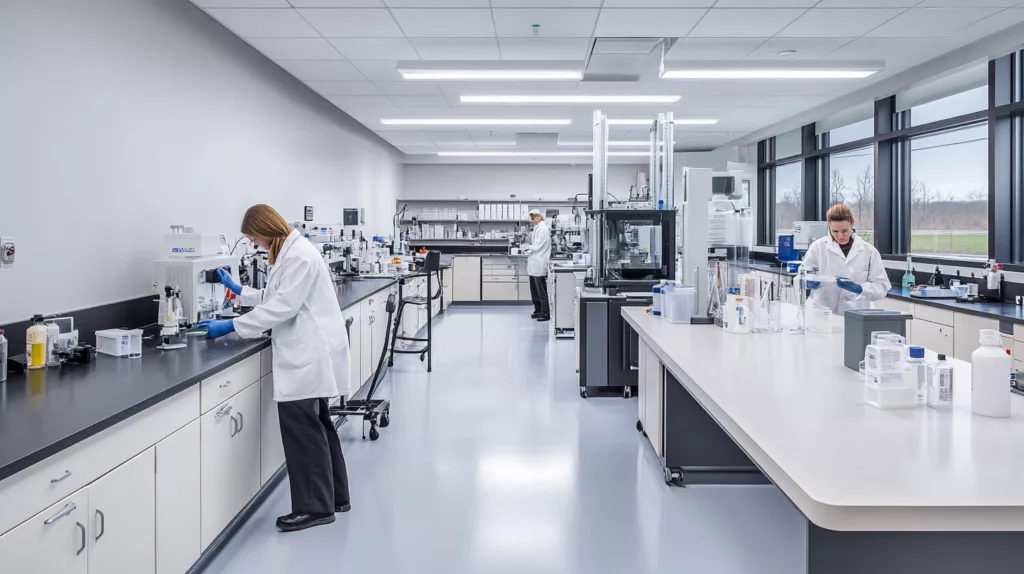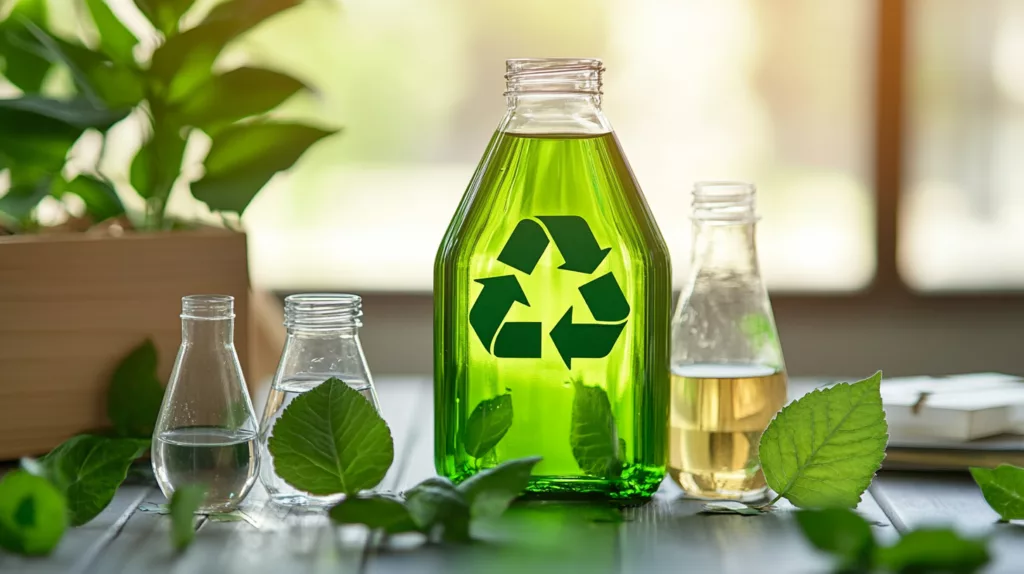Super glue, also known as cyanoacrylate, is renowned for its quick bonding ability and strength, making it a favorite for various household and industrial tasks. However, accidents happen—whether it’s glue on your skin, clothes, or furniture, removing super glue can be tricky without the right methods. In this guide, we’ll walk through expert-recommended techniques for removing super glue from different surfaces. Additionally, we’ll share insights on how ZDS™ adhesives provide specialized solutions that are both strong and easier to remove when necessary, making them ideal for various applications. How to Remove Super Glue?
Remove Super Glue from Skin
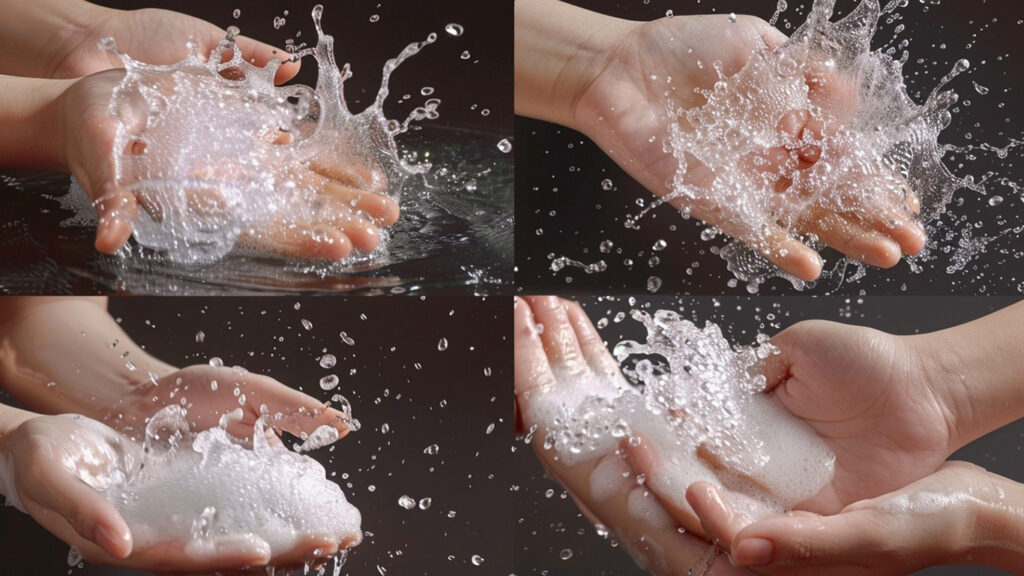
Accidentally gluing your fingers together or getting super glue on your skin is a common issue. While it may seem difficult to remove, there are safe and effective ways to handle it without damaging your skin.
DIY Solutions for Skin Removal
- Warm Soapy Water: Start with warm, soapy water to soften the glue. This is the gentlest approach, ideal if the glue hasn’t set completely. Soak the affected area for several minutes, then try peeling the glue off.
- Acetone: If soapy water doesn’t work, use acetone—commonly found in nail polish remover. Apply it to the glued area using a cotton ball or Q-tip. Acetone breaks down the cyanoacrylate bond, allowing the glue to peel off graduallyLoctite. Be careful not to rub too harshly to avoid irritation.
- Petroleum Jelly: For more sensitive areas, apply petroleum jelly. It works slower but is a less abrasive option for breaking down the adhesive Resin Expert.
ZDS™ Safety Tip
When using ZDS™ adhesives, it’s recommended to wear protective gloves to avoid skin contact. ZDS™ offers industrial-grade glues that dry quickly but also have accompanying removal solutions that make accidental spills easier to manage without harsh chemicals.
Removing Super Glue from Plastic
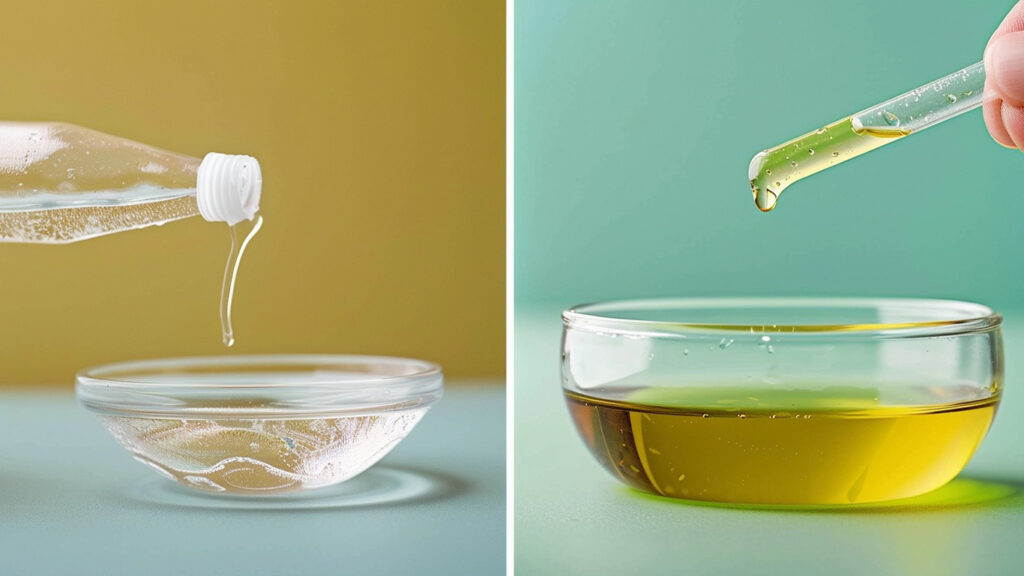
Plastic surfaces present a unique challenge when dealing with super glue spills because some solvents, like acetone, can dissolve or damage the plastic itself.
Non-Chemical Solutions for Plastic
- Oils and Vinegar: Oils such as olive oil or vegetable oil are gentle yet effective in loosening the glue. Apply oil with a cloth and rub gently. White vinegar is another household item that can work on plastics without the risk of damaging the surface Reader’s Digest Resin Expert.
- Warm Soapy Water: Similar to skin removal, soaking the plastic in warm, soapy water can soften the glue, making it easier to wipe away.
- Nitromethane: If the glue is stubborn, experts recommend using nitromethane, a specialty solvent available in some hardware stores or hobby shops. It’s specifically designed for removing adhesives from plastic surfaces without causing damage Reader’s Digest.
ZDS™ Insight
For plastic materials, ZDS™ adhesives provide a range of products designed to bond without leaving excessive residue. If removal is necessary, ZDS™ offers specialized adhesive removers compatible with plastic surfaces, ensuring minimal risk of damage.
Removing Super Glue from Wood
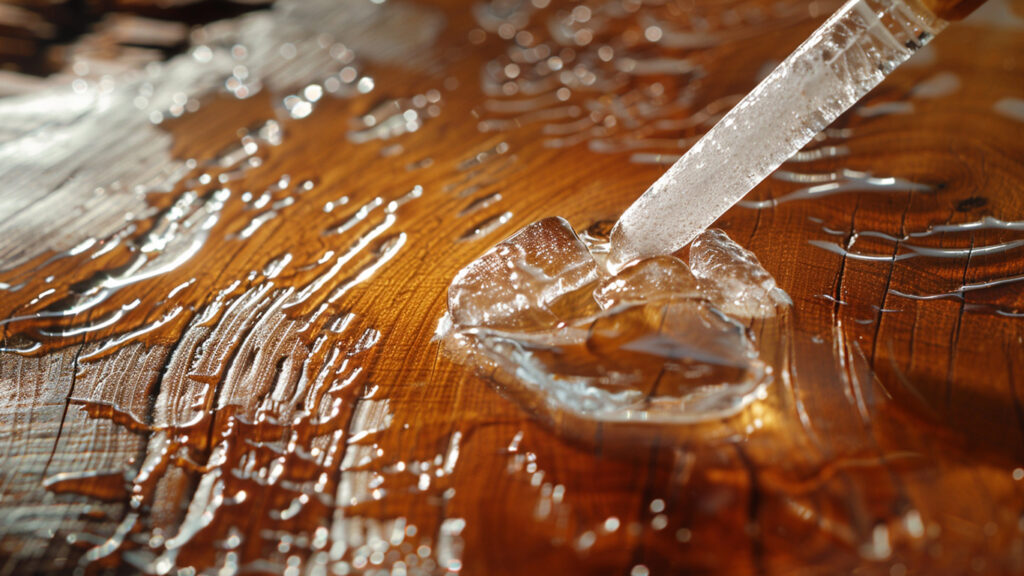
Wood is another surface that requires careful handling, especially when working with finished or varnished wood, where harsh chemicals could strip away the finish.
Finished vs. Unfinished Wood
- Acetone for Unfinished Wood: On unfinished wood, acetone is generally safe to use. Apply with a cloth or Q-tip directly to the glued area and gently rub until the glue loosens Your DIY, Crafting and Painting Guide.
- Ice and Scraping for Finished Wood: For finished wood, where acetone could damage the surface, try applying ice to the glue. Ice hardens the glue, making it easier to scrape off with a plastic scraper without damaging the wood Resin Expert. You can also use mineral oil to loosen the bond before scraping.
ZDS™ Application
When using ZDS™ adhesives for woodworking, choose their easily removable options, designed for flexibility. These adhesives offer strong bonds while remaining removable without damaging the underlying surface.
Removing Super Glue from Fabric
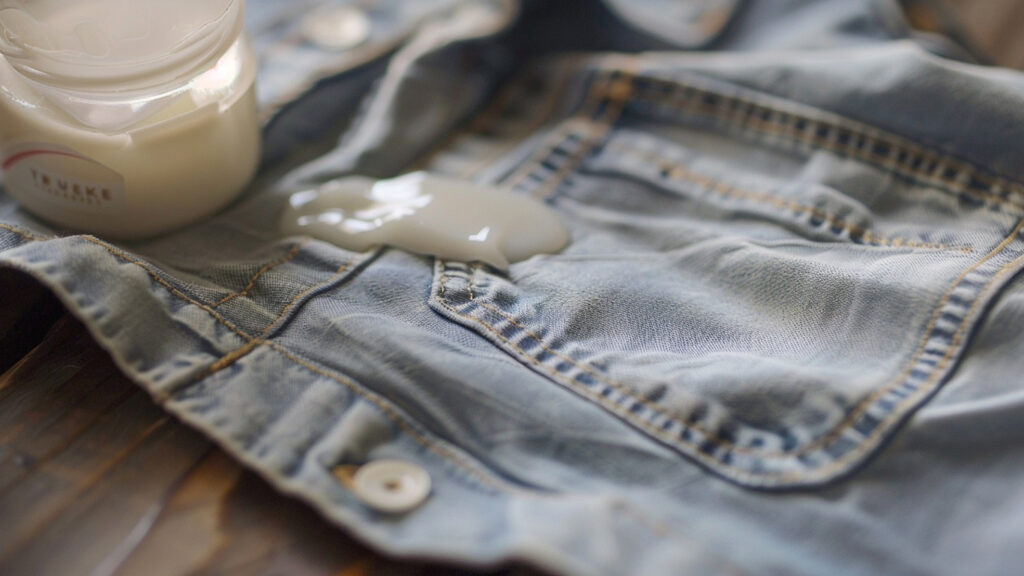
Fabric is particularly vulnerable to damage from both glue and removal methods. Removing super glue from fabric requires more gentle approaches to avoid ruining the material.
Acetone for Fabrics
- Acetone or Rubbing Alcohol: Apply acetone or rubbing alcohol carefully with a toothbrush or cotton swab, rubbing lightly. Avoid saturating the fabric, as acetone can weaken or discolor certain materials Reader’s Digest Your DIY, Crafting and Painting Guide.
- Freezing Method: For a chemical-free approach, put the fabric in the freezer. The cold hardens the glue, making it easy to peel off. This is especially effective for delicate fabrics like silk or wool Resin Expert.
ZDS™ Advice
For fabrics, ZDS™ offers adhesives with washable properties. These glues are strong enough for various repairs but can be removed easily without causing damage when used correctly.
Removing Super Glue from Metal and Glass
Removing super glue from hard, non-porous surfaces like metal and glass is generally easier than from more delicate surfaces.
Metal
Acetone or Scraping: Acetone is safe to use on metals like aluminum and steel. Apply the solvent with a cotton ball, then use a plastic scraper or razor blade to gently lift the glue Loctite. In cases where acetone doesn’t work, try hydrogen peroxide or methylated spirits.
Glass
Vinegar or Acetone: For glass surfaces, acetone, vinegar, or petroleum jelly can all be effective. Apply the solvent, then use a razor blade to carefully scrape off the glue Loctite.
ZDS™ Products for Metal and Glass
ZDS™ adhesives designed for metal and glass bonding offer strong but flexible bonds. ZDS™ also provides removal solutions that make cleanup quick and easy, ensuring no residue remains on metal or glass surfaces.
Safety and Environmental Considerations
Using chemical solvents like acetone and rubbing alcohol requires taking safety precautions. Ensure you’re working in a well-ventilated area and wear protective gear like gloves and safety glasses to protect your skin and eyes from irritation. In addition, consider using low-VOC or eco-friendly alternatives for a more sustainable solution.
ZDS™ Eco-Friendly Products
ZDS™ is committed to sustainability and offers a line of low-VOC adhesives and removers that are both effective and safer for the environment. By choosing ZDS™ products, you reduce your environmental footprint without compromising on quality.
Conclusion
Whether you’re dealing with a minor glue mishap or a more extensive spill, knowing how to remove super glue from various surfaces is essential. By following these expert tips and techniques, you can tackle any glue challenge efficiently and without causing damage to your belongings. For industrial-strength adhesives that provide the perfect balance of bonding power and removability, look no further than ZDS™ adhesives, a leader in innovative bonding solutions.
Explore ZDS™ solutions for all your adhesive needs, from quick repairs to heavy-duty applications, ensuring that you have the right tools to handle any project.


